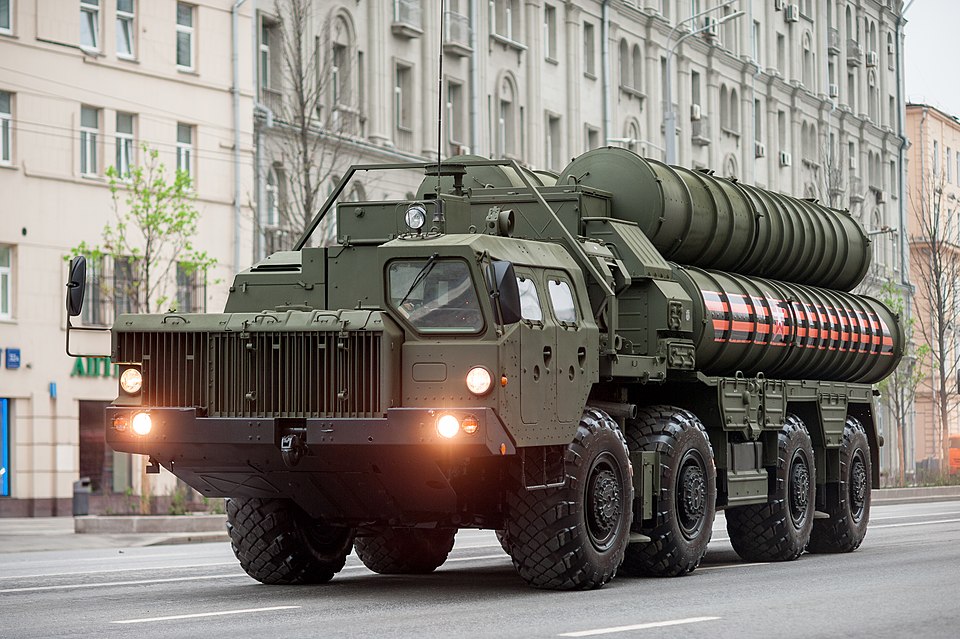
“Every oil refinery or oil terminal that gets hit means millions of dollars less for the Kremlin war machine,” an SBU source told Kyiv Post. That candid assessment puts in perspective the stakes of Ukraine’s latest high-impact operation against Novorossiysk-a strike that combined precision, timing, and technological innovation to hit both Russia’s energy lifeline and its elite air-defense systems. The Black Sea port city was in flames in the early hours of November 14. The Sheskharis oil terminal-a key node in Russian crude exports-was ablaze as drones and missiles tore into its pipelines, berths, and pumping stations. A nearby S-400 battery-one of Russia’s most advanced air-defense assets-was crippled in concert.
It was not a singular strike but part of a broader evolution in Ukraine’s deep-strike doctrine, increasingly leveraging domestically built long-range systems to reshape the battlefield and test the resiliency of Russia. Events in Novorossiysk demonstrate far more than a tactical success. They are indicative of a line of faults in Russia’s defense network, showing the economic ripples of an infrastructure strike and serving as yet another reminder of the accelerating arms race in both drones and missile warfare. Here are ten key takeaways from this operation and its wider implications.
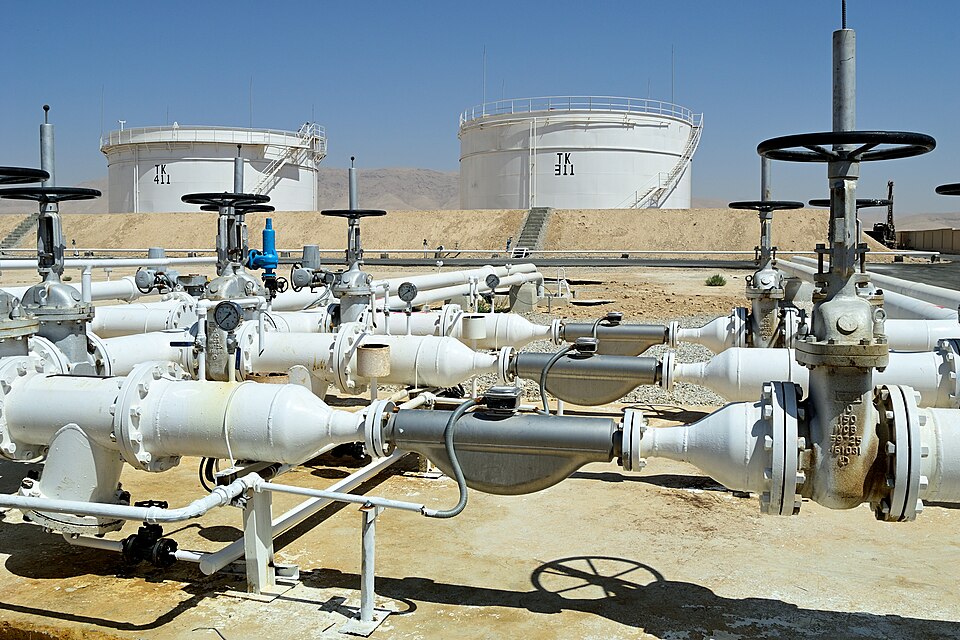
1. Coordinated Multi-Target Strike
The Novorossiysk operation struck several high-value targets almost simultaneously-a signature of Ukraine’s developing strike doctrine. At the Sheskharis terminal, loading stands, pipelines, and pumping systems were severely damaged; a civilian vessel was also hit, wounding three crew members. Meanwhile, Ukrainian drones and Neptune missiles attacked the 1537th Anti-Aircraft Missile Regiment base, destroying S-300/400 launchers and setting off secondary detonations. This degree of coordination implies deliberate sequencing to saturate local defenses and maximize overall disruption.
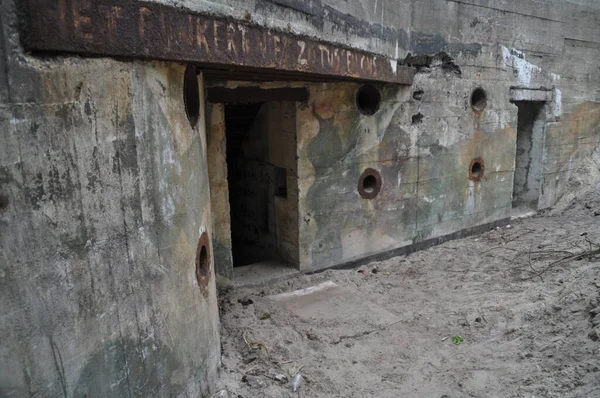
2. S-400 Battery Neutralized
Subsequent satellite imagery showed that the four launchers and two key radars-the 96L6 early-warning and 92N6 engagement units-were destroyed, thus rendering the Novorossiysk S-400 site inoperable. Analysts commented that without the 92N6 radar, the battery cannot function and such a removal of this layer of regional air defense is significant. About a dozen launchers were sited across the compound, many of which may also be damaged. The strike degraded local defenses and created exploitable gaps for future Ukrainian operations.
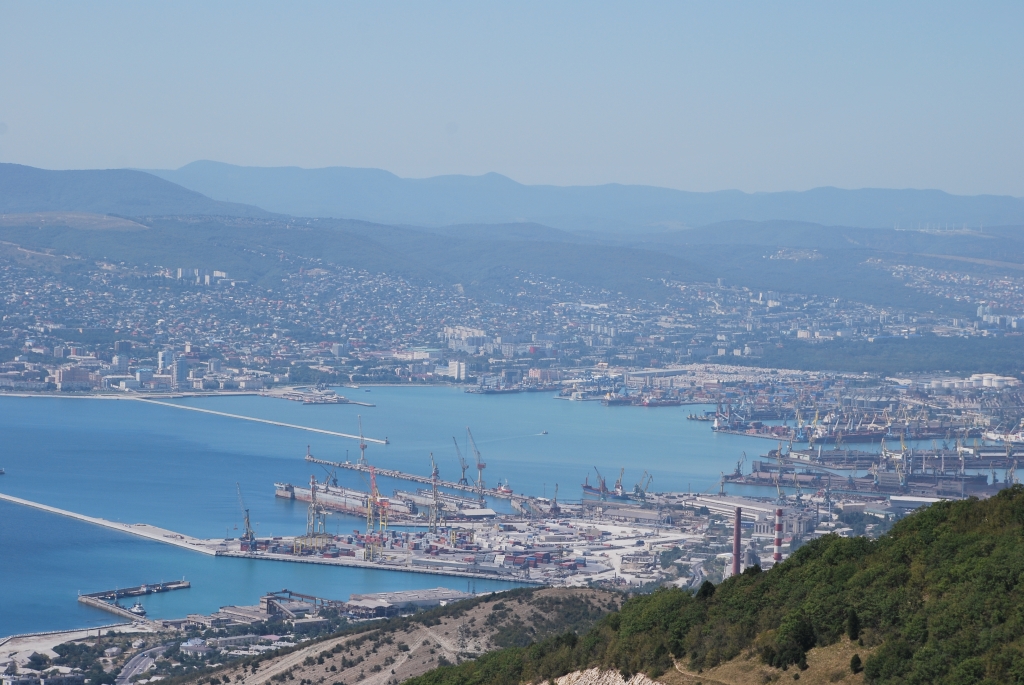
3. Flamingo Missile Makes Debut in Long-Range Strikes
Ukraine’s General Staff confirmed the overnight involvement of domestically developed Flamingo cruise missiles. The Flamingo reportedly has a range of 3,000 km and a warhead weighing 1,150 kg, giving the potential to reach strategic objectives well deep inside Russia. President Zelensky described it as “the most successful” missile in Ukraine’s arsenal. Its deployment, together with that of Neptune missiles, at Novorossiysk constituted a new high in Ukraine’s indigenous long-range strike capability.
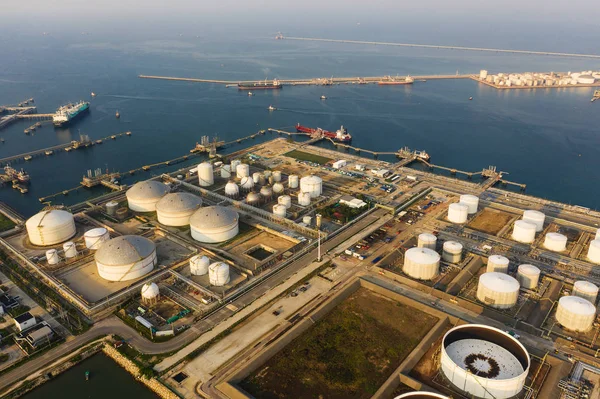
4. Economic Shockwaves in World Oil Trade
Damage to Sheskharis forced Transneft to halt crude deliveries, taking around 2% of the global oil trade out of commission for the time being. The price of Brent crude futures rose more than 2% to $64.39 a barrel. The terminal processes Urals crude and refined products, and disruptions there create a bottleneck for Russia’s Black Sea exports. What happens with such strikes has immediate market effects and longer-term strategic implications for Russia’s energy revenues.

5. Integration of Drone and Missile Assets
This operation has demonstrated the integration of various strike systems-attack UAVs, loitering munitions, and cruise missiles-into one coordinated package. The FP-1 strike drones reportedly equipped with onboard cameras have been involved against the S-400 site, supported by strikes against the infrastructure by Flamingo and Neptune missiles. That is most likely a multi-domain approach, informed by the lessons from past campaigns where such combination of air assets improved the success rate of strikes and complicated the responses for defenses.

6. Russian Air Defense Vulnerabilities
Even with multilayered defenses, the high-end systems of Russia remain vulnerable to saturation and precision targeting. The Novorossiysk S-400 battery was destroyed, echoing earlier Ukrainian attacks against strategic assets, such as Operation Spiderweb’s hits on bomber aircraft. As analysts note, even though the interception rates by the Russians against most drones are in the range of 85–90%, the small percentage getting through might achieve disproportionate damage in terms of irreplaceable targets.
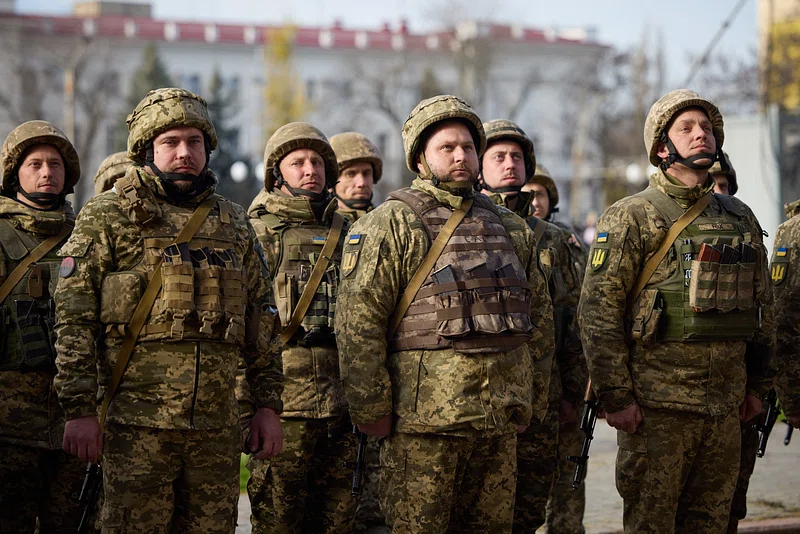
7. Psychological and Strategic Messaging
Beyond the physical, there is a cognitive weight to this strike. Striking both at an energy hub and at an elite air-defense site, it signals Ukraine’s reach and resilience and challenges Russian narratives about control. These kinds of operations increase uncertainty within the Russian military command and among the civilian population, reinforcing their perception that no asset remains beyond Ukraine’s reach.

8. Industrial-Scale Ukrainian Production
Ukrainian industry, such as Fire Point, which claims it can make up to seven missiles of the Flamingo type daily, could easily mass-produce these systems and reduce reliance on foreign supply. It also counters Russian arguments of escalation by the West. Industrial mobilization on this level provides the sustainable deep-strike capacity that expands targets and complicates defense planning for the Russians.

9. Russian Adaptation Lag
While Russia has improved tactical defenses, including electronic warfare systems like the Pole-21 and portable jammers, adaptation remains reactive. Ukrainian innovations in fiber-optically controlled drones and coordinated strike packages often outpace Russian countermeasures by months, creating windows of vulnerability that operations like Novorossiysk exploit.
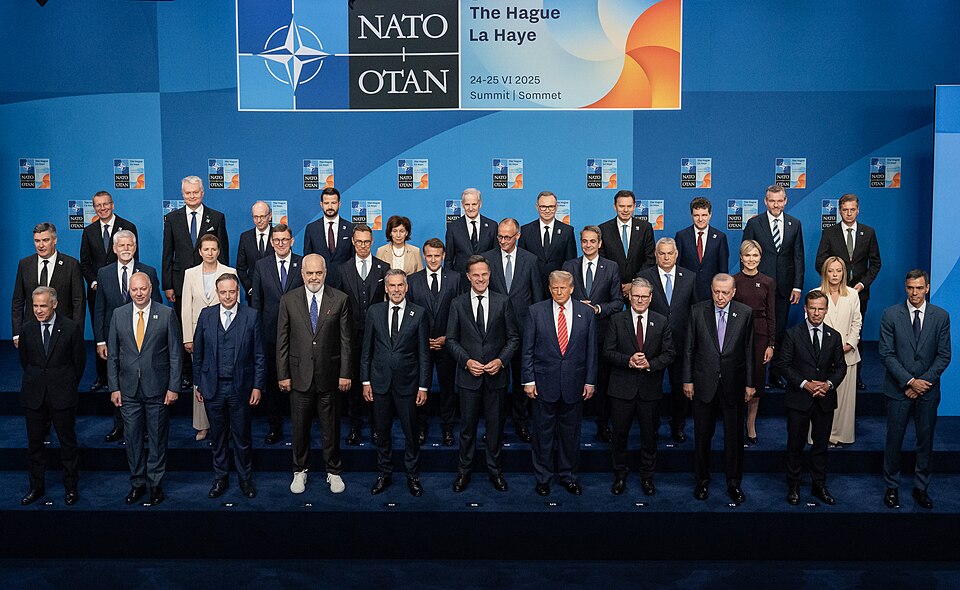
10. Lessons for Global Defense Planning
The Novorossiysk strike serves as an instructive case study for other militaries facing the challenge of the drone and missile: that of integrated air defense against multivector attacks, economic leverage via strikes against infrastructure, and rapid adaptation cycles. NATO analysts view Ukraine’s tactics as a proving ground for counter-saturation strategies that might be applied in other contested theaters.
The Novorossiysk operation is more than a tactical win-a display of Ukraine’s ability to combine indigenous technology, operational coordination, and strategic foresight in hitting Russia where it hurts most. In one night, Ukraine was able to cripple a key oil terminal and neutralize a premier air-defense battery, thus reshaping the local battlespace and sending an unmistakable signal on the evolving character of modern war. In this race of adaptation and counter-adaptation, speed, scale, and precision continue to be decisive, and Novorossiysk might prove to be one milestone in that race.


